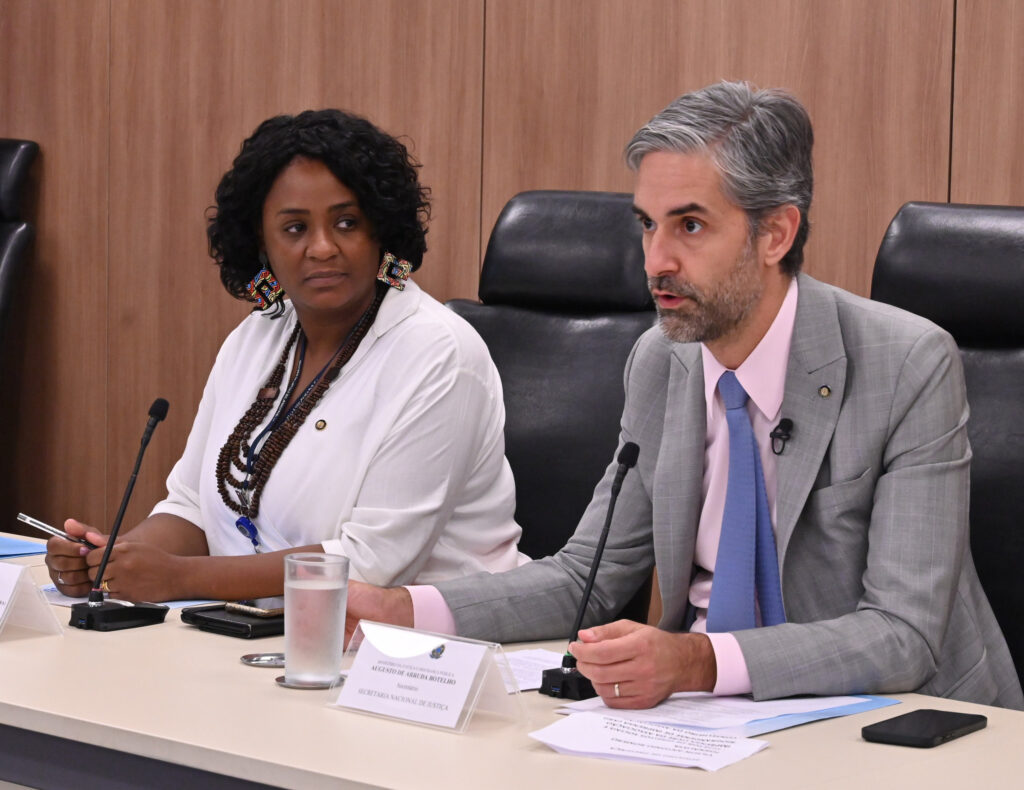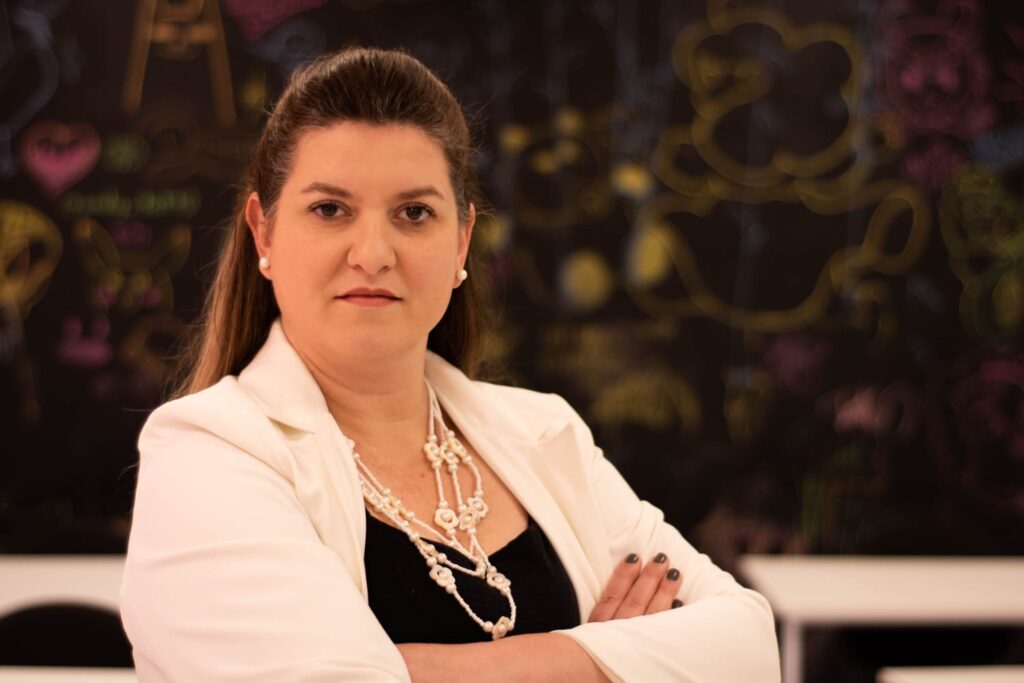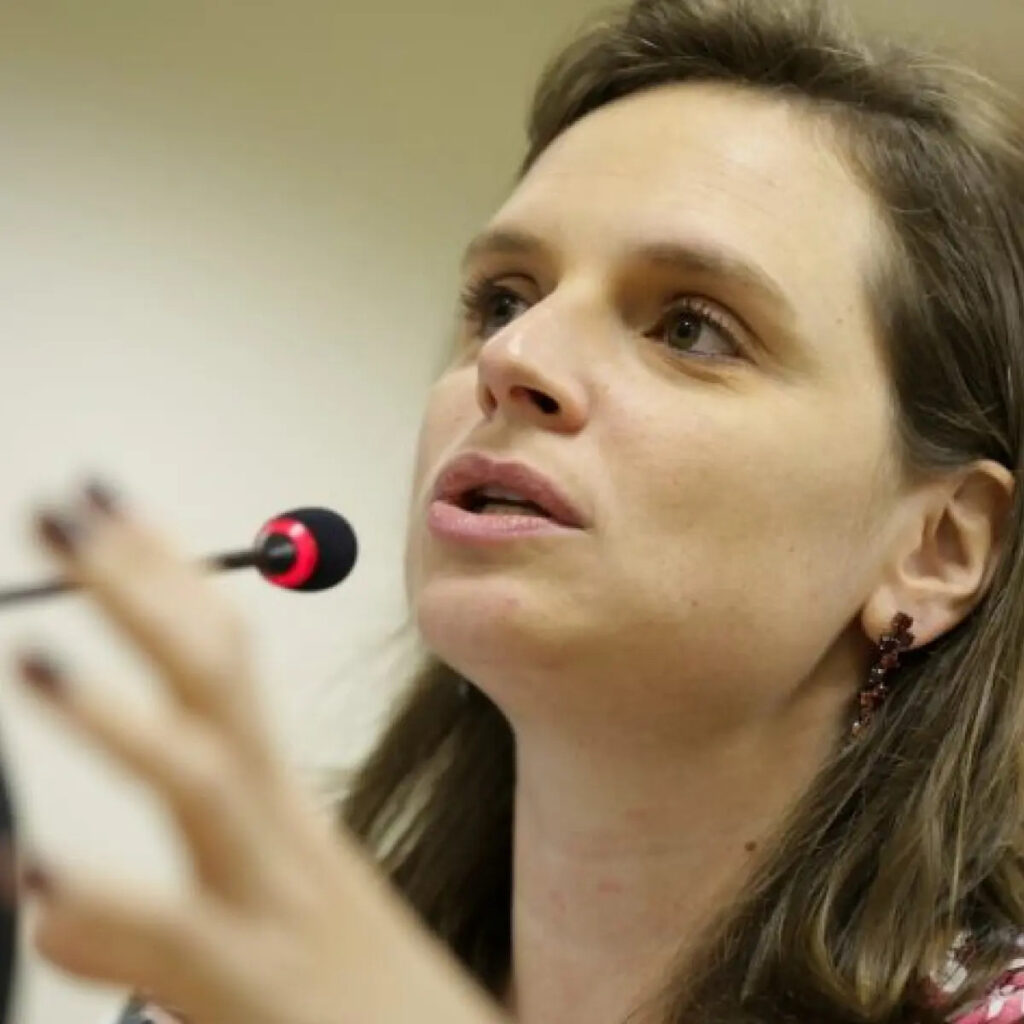Between 2019 and 2022, press professionals in Brazil were subject to attacks and insults coming directly from the Presidency, then occupied by Jair Bolsonaro. The creation of the National Observatory of Violence against Journalists in January 2023 was received as a sign that the new government, led by Luiz Inácio Lula da Silva, intended to enter a new phase with journalists.
A year later, civil society organizations that are part of the entity welcome the government's “good will”, but consider that a lack of personnel and insufficient prioritization of the issue are obstacles to the Observatory being effective.
The ongoing transition at the Ministry of Justice and Public Security, where the Observatory is housed, is also a concern for organizations. Flávio Dino, Minister of Justice who created the Observatory, was appointed to the Federal Supreme Court (STF, for its acronym in Portuguese) by Lula, and in his place will be former STF minister Ricardo Lewandowski, who takes office on Feb.1.
LatAm Journalism Review (LJR) spoke with representatives from the Brazilian Association of Investigative Journalism (Abraji), National Federation of Journalists (Fenaj) and Reporters Without Borders (RSF). The three organizations are part of the Observatory's board, formed by 33 entities from civil society and the State; they were appointed in December. Abraji, Fenaj and RSF have also participated in the construction of the Observatory since it was announced by Dino on Jan. 17 of last year.

The Observatory’s executive secretary, Lazara Cristina do Nascimento de Carvalho, and Augusto Botelho, national secretary of Justice. (Photo:Isaac Amorim/MJSP)
“Our assessment of the first year [of the Observatory] is that it still has a long way to go for it to effectively operate as the organizations demand from a project like this, hosted within the Brazilian State,” Samira de Castro, president of Fenaj, told LJR.
She highlighted that the organizations’ expectation is that the Observatory “would advance much further from the point of view of having an assessment of the situation, so that it could guide public action and generate public policies capable of mitigating the risk and violence against journalists in the exercise of their profession.” So far, according to her, this has not yet been achieved.
Bia Barbosa, advocacy coordinator at RSF, told LJR that “the pace of public power is different” from the pace of civil society. She said that there were important advances in this first year, including the very establishment of this space for dialogue between organizations and the government.
“It’s natural that in the first year we spend a lot of time in meetings and making contacts. The people of the Brazilian State are taking ownership of this issue. [National Secretary of Justice, Augusto] Botelho said several times: 'I'm learning everyday with you here.’ It's good that he has this openness to learn and listen to organizations, but I think that was the time for learning. Now, we need to go to a time of structuring the policy,” Barbosa said.
Augusto Botelho, National Secretary of Justice and the authority responsible for the Observatory within the Ministry, is one of the members of the current team who Lewandowski intends to replace, Folha de S.Paulo reported. LJR contacted Lewandowski's office to ask what the new minister's plans are for the Observatory, but received no response.
“A large part of our work now at the beginning of the year will be to apply pressure so that the Observatory is not weakened with Dino’s departure,” Kátia Brembatti, president of Abraji, told LJR. “And for the second year to be more effective than the first, which was construction, but now we need more practical things.”

Samira de Castro, president of Fenaj, during a meeting of the Observatory on October 31, 2023. (Photo: Isaac Amorim/MJSP)
The Observatory’s executive secretary, Lazara Cristina do Nascimento de Carvalho, highlighted that the body, established by ordinance published in the Official Gazette on Feb. 16, 2023, is part of the structure of the Ministry of Justice.
“Whichever minister or [national justice] secretary comes, he will have to maintain this structure of the Observatory, which we devised with the entities and board of the Observatory,” she told LJR.
According to Carvalho, the joint construction of the body between the government and the organizations that are part of the council is a way of “surrounding the Observatory with monitoring and development that is carried out from the outside in.”
“So that it is a permanent policy and so that, regardless of who the minister is, he understands the importance of this and understands that he only needs to maintain and improve the existing structure,” she said.
The National Observatory of Violence against Journalists and Social Communicators was created in the wake of the undemocratic acts of Jan. 8, 2023, when Bolsonaro supporters invaded and vandalized the Planalto Palace, Congress and the Federal Supreme Court and attacked at least 12 journalists. The virulence of the attacks on professionals prompted the newly sworn government to meet with representatives of journalists' defense organizations the day after the attacks.
In conversations that continued the following week, the organizations presented demands to curb violence against journalists, including the creation of the Observatory. Dino announced the creation of the body on Jan. 17 on Twitter. From then on, the construction of the Observatory began, within the National Secretariat of Justice, together with civil society organizations, including Fenaj, Abraji and RSF.
The Observatory's responsibilities, according to the ordinance that established it, are “to monitor cases related to violent conduct against journalists and social communicators,” “to support investigations” of such cases, “to create and maintain a database with indicators on acts of violence” against these professionals, and “to suggest the adoption of public policies aimed at guaranteeing the full enjoyment of the functions of journalists and social communicators, in coordination with other qualified areas.”

Katia Brembatti, president of Abraji. (Courtesy)
In that first year, representatives of civil society organizations and state and government bodies met every two months to structure and guide the Observatory's actions. At these meetings, five working groups were established, with the themes of Race and Diversity, Gender-Based Violence, Judicial Harassment, Digital Attacks and Protection Protocol, and Procedural Paths and Legal Protocols. According to a government statement, the working groups are “responsible for unifying data and indicating ways to overcome problems related to attacks on these professionals at the national level.”
“For the Brazilian State to officially look at the problem of violence against journalists and communicators for the first time was positive, especially because we came in the wake of Jan. 8 last year. It was an important reaction,” Castro said. “Despite this, for example, we do not have any survey that indicates whether the attackers of the journalists on Jan. 8 [2023] were held responsible and what came from these investigations.”
Another example of slowness in the Observatory's work, according to her, is the reporting channel, open so that journalists can report directly to the entity the attacks they face in the exercise of their profession. “The reporting channel itself, which was one of the first things to be created, was only launched at the end of October,” Castro said.
Carvalho said that the creation of the channel is the Observatory's most important action in its first year. According to her, the channel was developed with the help of journalism entities and “took a while” to go live due to the care taken in preparing the protocol for handling complaints.
“We had to think exactly about the path the complaint will take and how we at the Observatory would be able to follow this, so [the complaint] doesn’t get lost (...). Sometimes, at a police station, [making a report] is so bureaucratic and difficult that the journalist or communicator ends up letting it go. That’s why it took a little longer to implement [the channel], because we wanted to have a base that really worked,” she said.
The organizations consulted by LJR said they were not aware so far of what this protocol for handling complaints is. Carvalho said that complaints are forwarded to “competent Public Security bodies” and that the Ministry of Justice follows the cases “from beginning to end.”
Both Carvalho and the organizations said that the protocol would be validated by the Observatory's board at the body's next meeting, which did not yet have a date at the time of writing this article.
According to the Ministry of Justice, between Oct. 31, 2023, when the reporting channel went live, and Jan. 22, 2024, the Observatory received 158 complaints through this method, of which 30 were “test complaints.” The remaining 128 complaints were divided into the categories “gender violence against women journalists” (72), “persecution” (23), “judicial harassment” (12), “physical violence” (10), “threat” (8) , “homophobia” (3).
Barbosa, from RSF, stated that a “huge problem” at the Observatory is the lack of staff dedicated to the entity. Carvalho, who is also chief of staff to the National Secretary of Justice, was the only person in the Ministry dedicated to the Observatory in the first six months, according to Barbosa. After that, she said the Ministry allegedly allocated a person to assist the executive secretary at the body. LJR questioned the Ministry about how many people work at the Observatory, but did not receive a response as of publication.

Bia Barbosa, from Reporters Without Borders (RSF). (Courtesy)
“I think there is a very strong institutional commitment to the Observatory from the Ministry of Justice. But they have 20 fires a day to put out, and then they put out the fire that comes first. In this sense, we still have difficulty getting things moving in there, because people are having to focus on several other topics due to the fact that we don't have a team dedicated [to the Observatory],” Barbosa said.
“A clear challenge” for the Observatory in 2024, according to her, is the structuring of a technical team that can not only process reports of violence against journalists, but also make the organization better known among professionals.
“There is a big challenge there, which is for [the Observatory] to have a structural body, a team, to function and for these complaints that arrive to be treated and generate credibility for [public] policy. If journalists don't trust the policy, they won't seek it out. They will continue to do what they have always done, which is to create their network of protection and get by, and not look to the State for help,” Barbosa said.
The organizations also demand an awareness campaign about the importance of journalistic work in society and with security agents.
“We are not enemies and this needs to be very clear to the population,” said Brembatti, from Abraji. “This will only become clear if you act on the main aggressors, who are the security agents in the States and the mobs who see the press as the enemy. So you need appropriate public policies and [awareness] campaigns, with appropriate language, and you need to end impunity [in attacks against journalists],” she stated.
Carvalho told LJR that the Observatory is “still a very recent initiative” and highlighted that the body “has been built together with people who work in the field to understand the needs of journalists and communicators themselves.”
“The conclusion we reached [at the Ministry of Justice] is that there was no point in building anything that was vertical. We decided to build it horizontally, which is a lot of work, takes a little more time, but it also makes us aware that it is something solid and that it is being closely monitored by entities that work on press freedom and the protection of journalists and communicators. They can be this scale, and if we are going off track, or [we have] some idea that won't achieve its purpose, [the organizations] can give us this feedback and say 'look, this is not the way to go,'” the executive secretary said.
For her, one of the most urgent areas for improvement is communication with journalists and communicators “outside the Observatory.”
“I think this is the key point: that people understand what [the Observatory] is, what it is for, how it works, and have confidence looking for us. Many journalists and communicators are persecuted and suffer violence from authorities. So it is very difficult to tell people to trust and come with an open heart to a structure created within the Executive Branch or any other Branch. We know that there is a difficulty in trusting, and it is completely understandable,”Carvalho said.
One of the initiatives planned in this regard is the holding of regional conferences, bringing together representatives of the government and organizations present at the Observatory and journalists and communicators in the five regions of the country. The idea is to talk to these professionals in the territory where they work, to understand the problems they face, publicize the Observatory's activities and develop policies aimed at guaranteeing the practice of journalism in these areas. The goal, according to Carvalho, is to hold these five conferences in 2024.